I will be discussing my upcycling project: a key holder inspired by the design and aesthetics of late ’70s, ’80s, and ’90s technology, particularly the Apple II. The Apple II featured cream-colored plastic casing with a splash of color in its rainbow logo, which influenced my design. For this project, I’m repurposing a used computer security modem with Ethernet ports. The modem will serve as the base for the key holder, while modified, multicolored Ethernet cables will act as keychains, attaching securely to the bottom of the modem. These cables will function as an intricate yet creative alternative to standard hooks.
Older technology, like computers and gaming consoles of the time, often had boxy designs with slightly curved edges and neutral plastic tones, such as cream or gray. For example, the original Nintendo Game Boy exemplifies this aesthetic with its neutral gray tones and red action buttons. These design choices combined simplicity with functionality. The modularity of devices like the Apple II and Nintendo Game Boy, which allowed users to stack or connect components, inspired my decision to use Ethernet ports as the connection mechanism for this key holder.

The Apple II (1977)
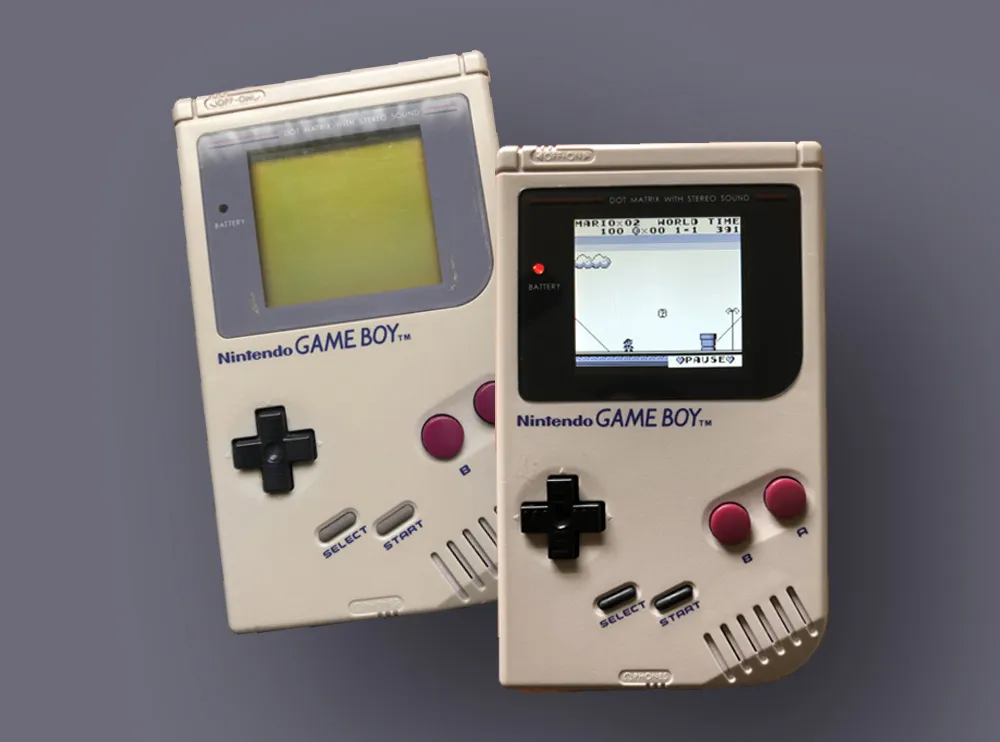 Nintendo Game Boy (1989)
Nintendo Game Boy (1989)
Now, when it comes to figuring out an aesthetic that would be the opposite of vintage technology, what obviously comes to mind is the aesthetic of modern technology. Some characteristics associated with modern technology’s aesthetic include more rounded shapes. While the general form might still resemble a rectangular shape, the corners and edges are often more rounded and seamlessly blended. The choice of materials also shifts with the modern aesthetic. Metals such as aluminum, titanium, or stainless steel are frequently used for the outer shells of many technologies we use today, such as smartphones or laptops. These metals often feature surface finishes, like being brushed or polished, to provide a more premium feel to the product. In cases where metals are not used, plastics are often designed to mimic these surface finishes, giving off a similar modern aesthetic. Other materials that align with the modern aesthetic include glass, which is commonly used as an interface material. This can be seen in modern smartphones, smart devices, smart fridges, or other technologies with touch panels that incorporate glass as the primary interactive surface. Glass serves both a functional and aesthetic purpose, contributing to the sleek and futuristic design of modern technology. Color choices tend to be more bland with these new modern technologies, often giving off a Stormtrooper vibe, as common colors tend to lean more towards black or white, with shades of gray mixed in between. (below is an image of a device that happens to encapsulate the aesthetic as described).
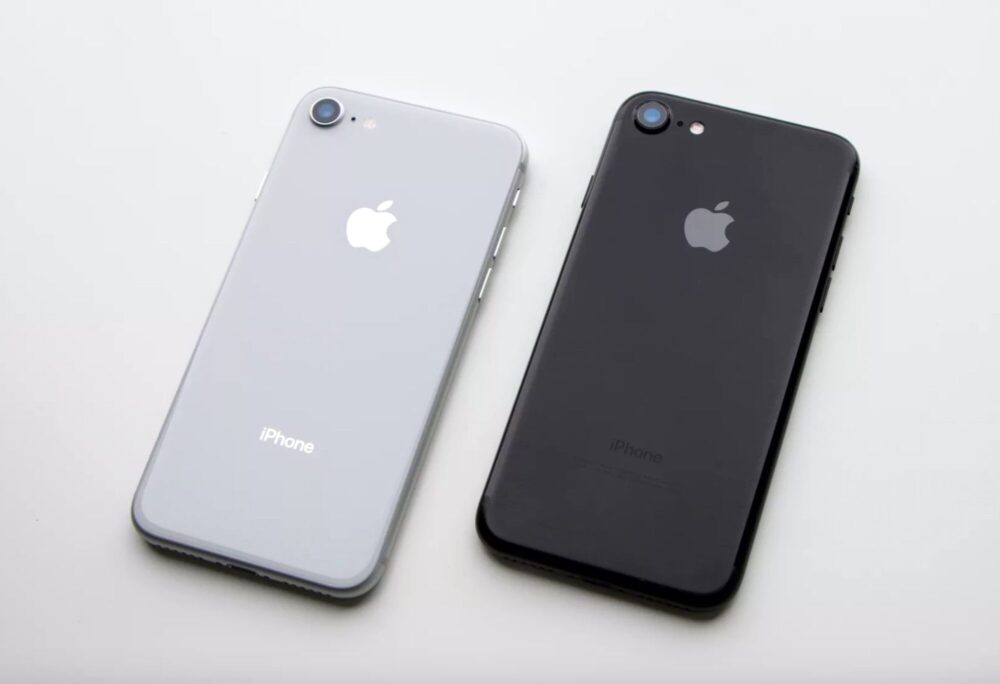
iPhone 7 & iPhone 8
When considering a redesign that incorporates the opposite aesthetic for my project, this would involve leaving the router/security modem in its bare material form, as it already encapsulates a modern aesthetic with its use of metal and a pellet-like surface finish, giving the product a premium look. Chrome rounded bars that taper off towards the top, becoming flat to wrap around the door, would likely be used instead of the more rectangular and flat bars planned for my current project. A simpler approach to aligning with the modern aesthetic would involve figuring out a method to attach the modem to the back of the door without requiring it to hang off the door frame. This could potentially be achieved using command strips to hold it securely against the door. Additionally, instead of relying on Ethernet ports, a more modern and commonly used port, such as USB Type-C, would likely be incorporated. Specifically, a USB Type-C port with a strong connection hold would be ideal, as not all USB ports are created equal. Modifications to the case itself could include the incorporation of glass and the addition of a digital clock to display the time. This would allow users to check the time while grabbing their keys. A potential future aesthetic could involve integrating a full touch interface into this door-mounted design. (below would be an example of what I think this could possibly look like giving if I had choose to go down this route):
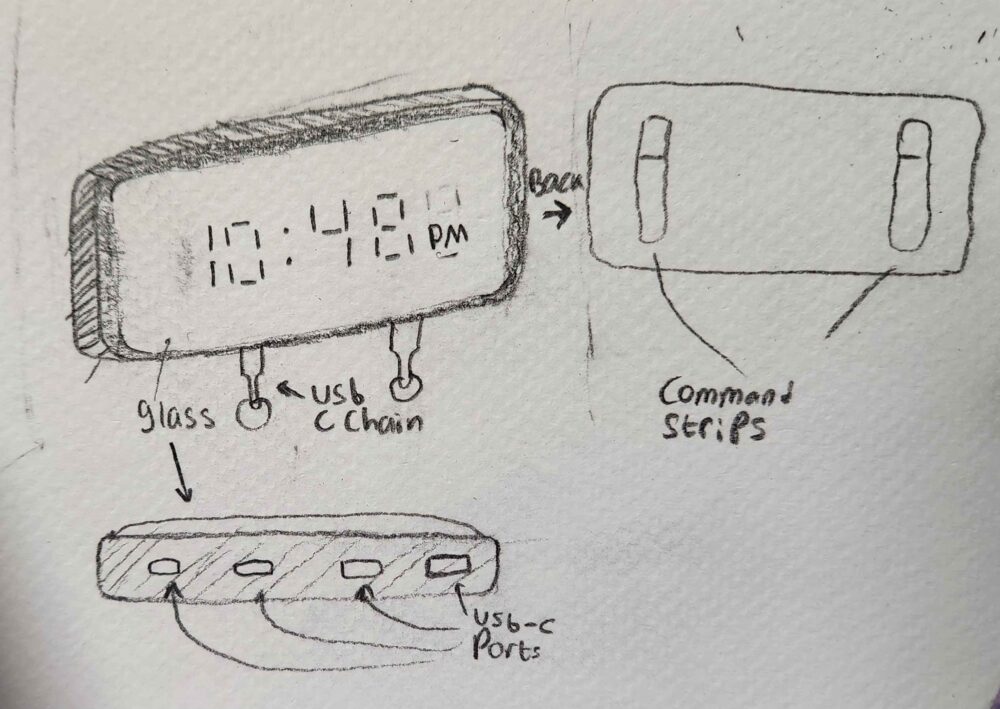
Sources:
Dorr , B. (2017). Examples of Organic Minimalism in Design. Delve. Delve 2025. Retrieved February 14, 2025, from https://www.delve.com/insights/aesthetic-design-trends.
Computer History Museum. (2025). The Apple II. Computer History Museum. Retrieved 2025, from https://www.computerhistory.org/revolution/personal-computers/17/300.
Allen, D. (2020). Nintendo Game Boy. The Nerd Daily. The Nerd Daily 2024. Retrieved February 14, 2025, from https://thenerddaily.com/restoring-nintendo-original-game-boy/.
Robert. (2023). Iphone 7 & Iphone 8. Swappa Blog. Swappa LLC. Retrieved February 14, 2025, from https://swappa.com/blog/iphone-7-vs-iphone-8-price/.
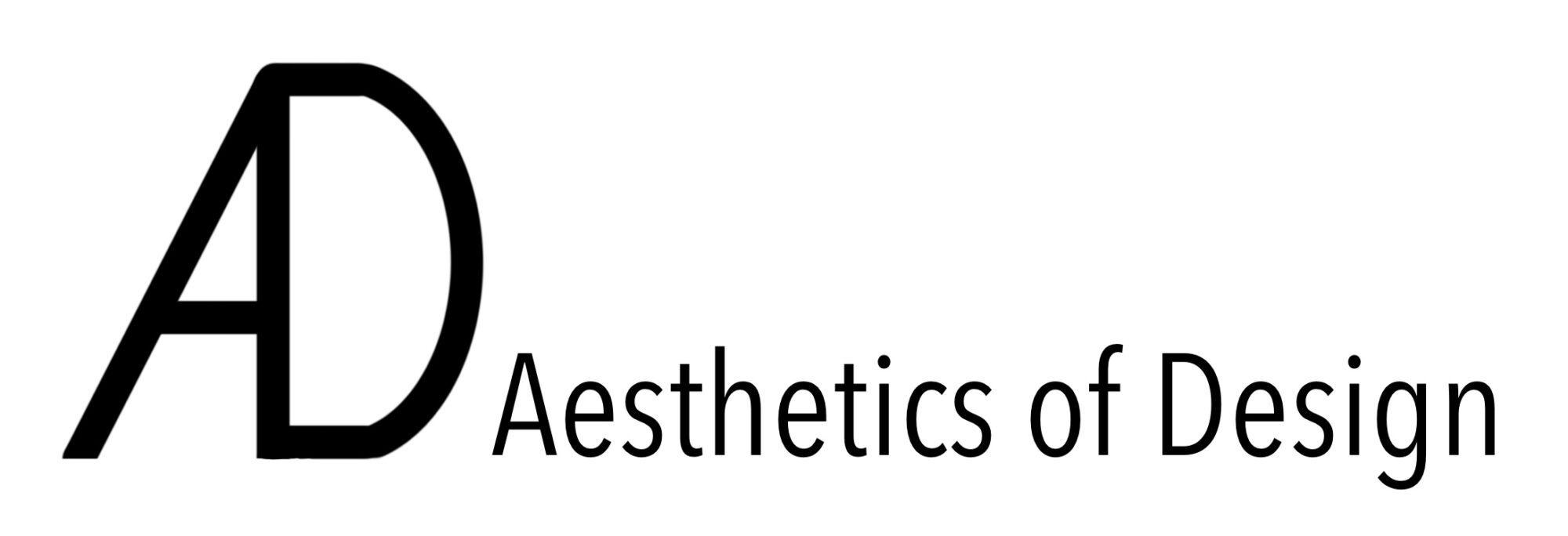
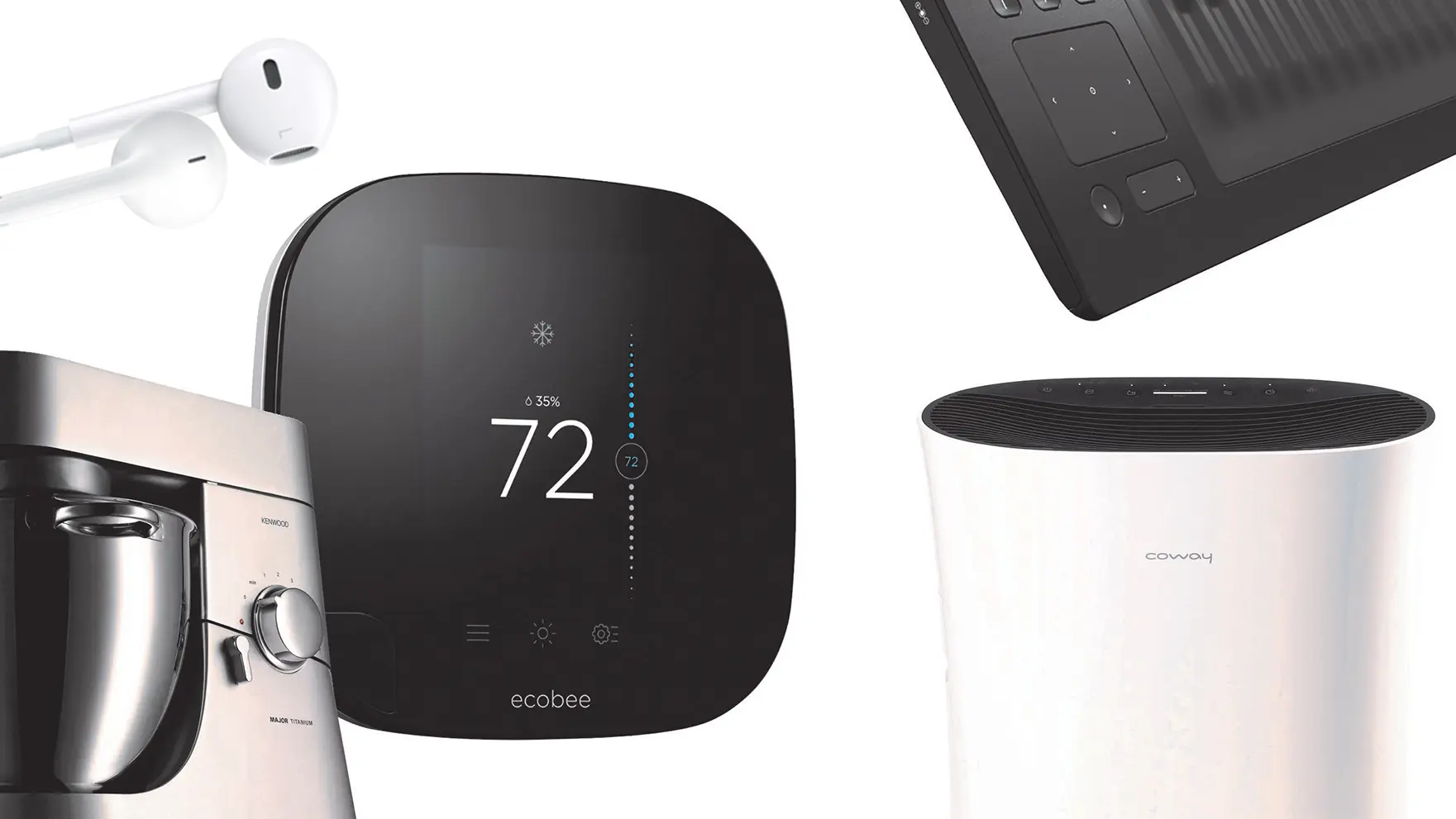
3 Comments. Leave new
This is awesome and really cool hearing about the opposite features the project entails. I also appreciated you elaborating on all of the physical features such as colors or the geometries of the design. What features do you think are most important from both of these projects?
Your upcycling project is such a creative take on vintage tech! Repurposing a modem and Ethernet cables as keychains is a smart way to capture the aesthetic of the Apple II era while making something functional. I also like how you explored the opposite aesthetic—USB-C, glass, and a sleek, modern look would completely transform the design. The idea of adding a digital clock or a touch interface is a great way to push it even further. Looking forward to seeing how your project comes together!
I really like how your project creatively repurposes older technology while staying true to the design language of the late ’70s through the ’90s. The use of Ethernet cables as keychains is a clever nod to modularity and function. I’m curious—when considering a modern redesign, how would you approach maintaining the nostalgic charm of vintage tech while incorporating the sleeker materials and shapes of contemporary devices? Would you blend both aesthetics or lean entirely into one?